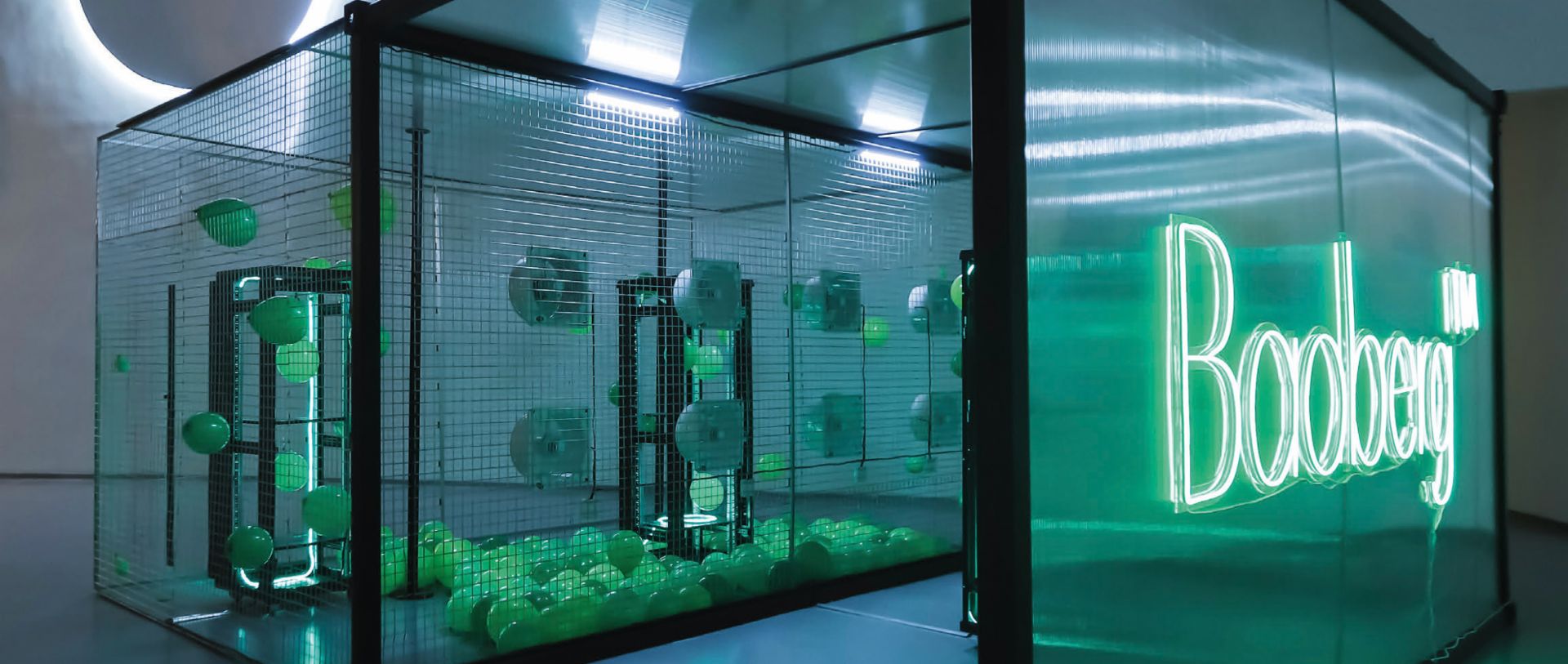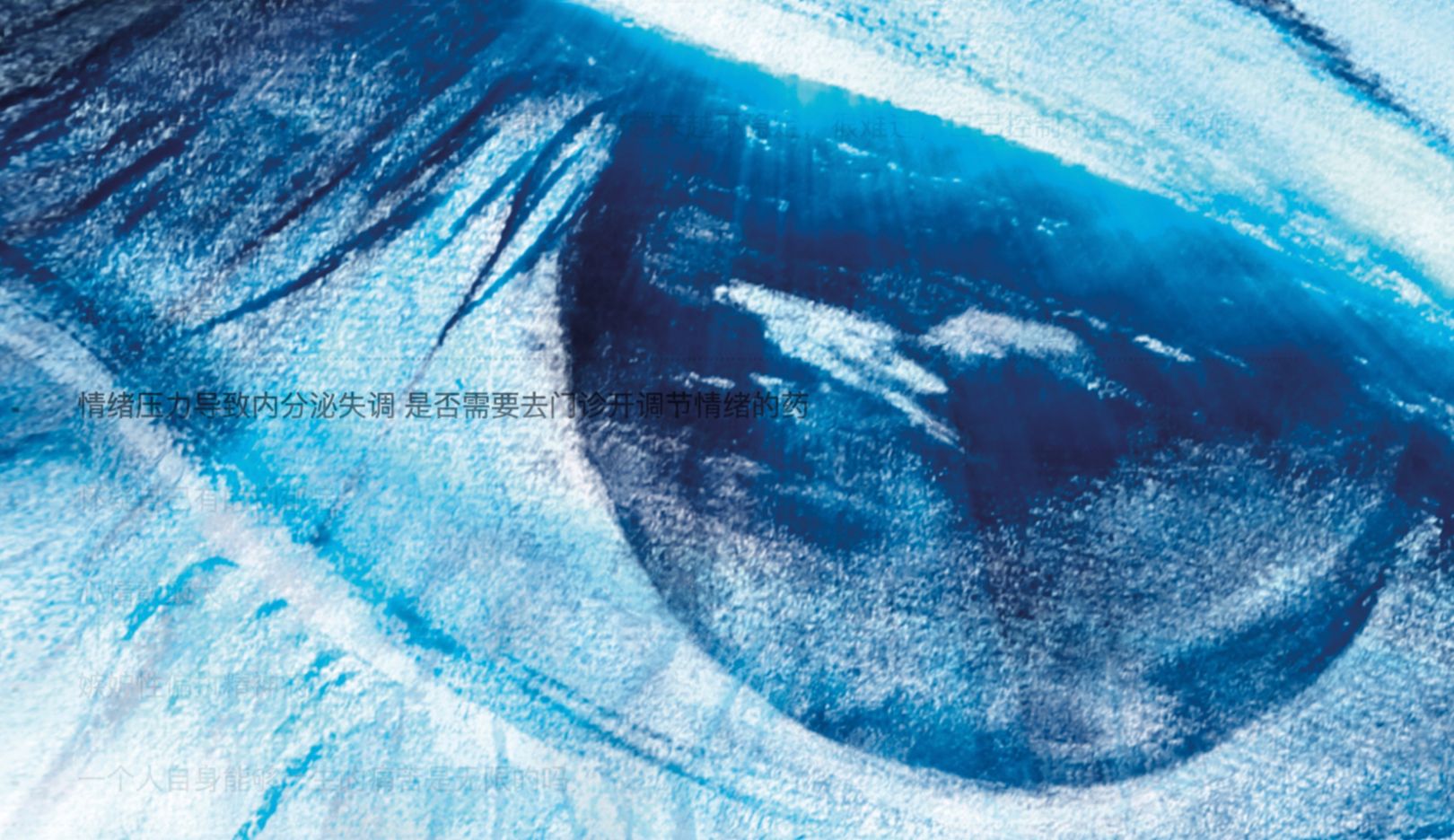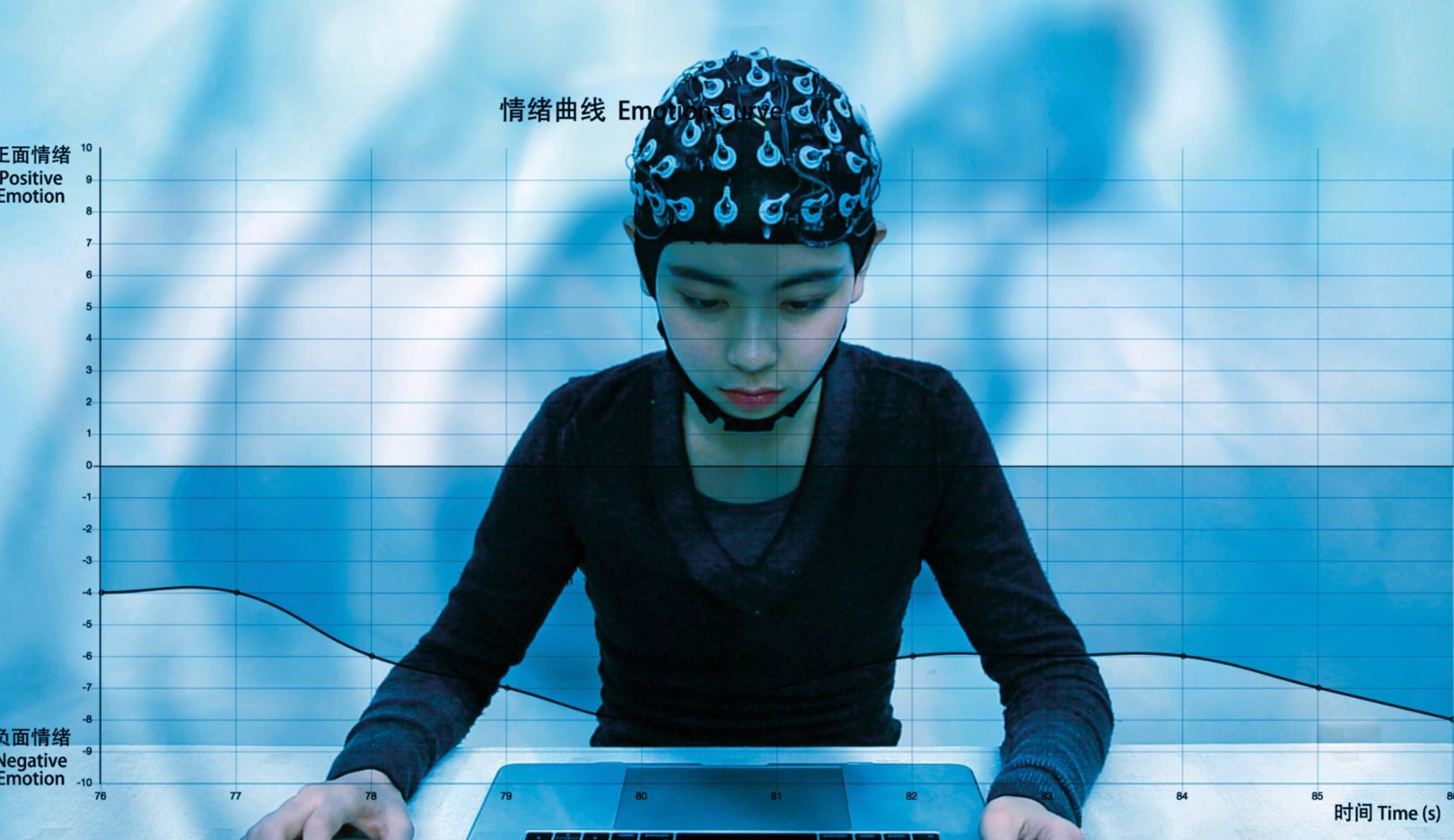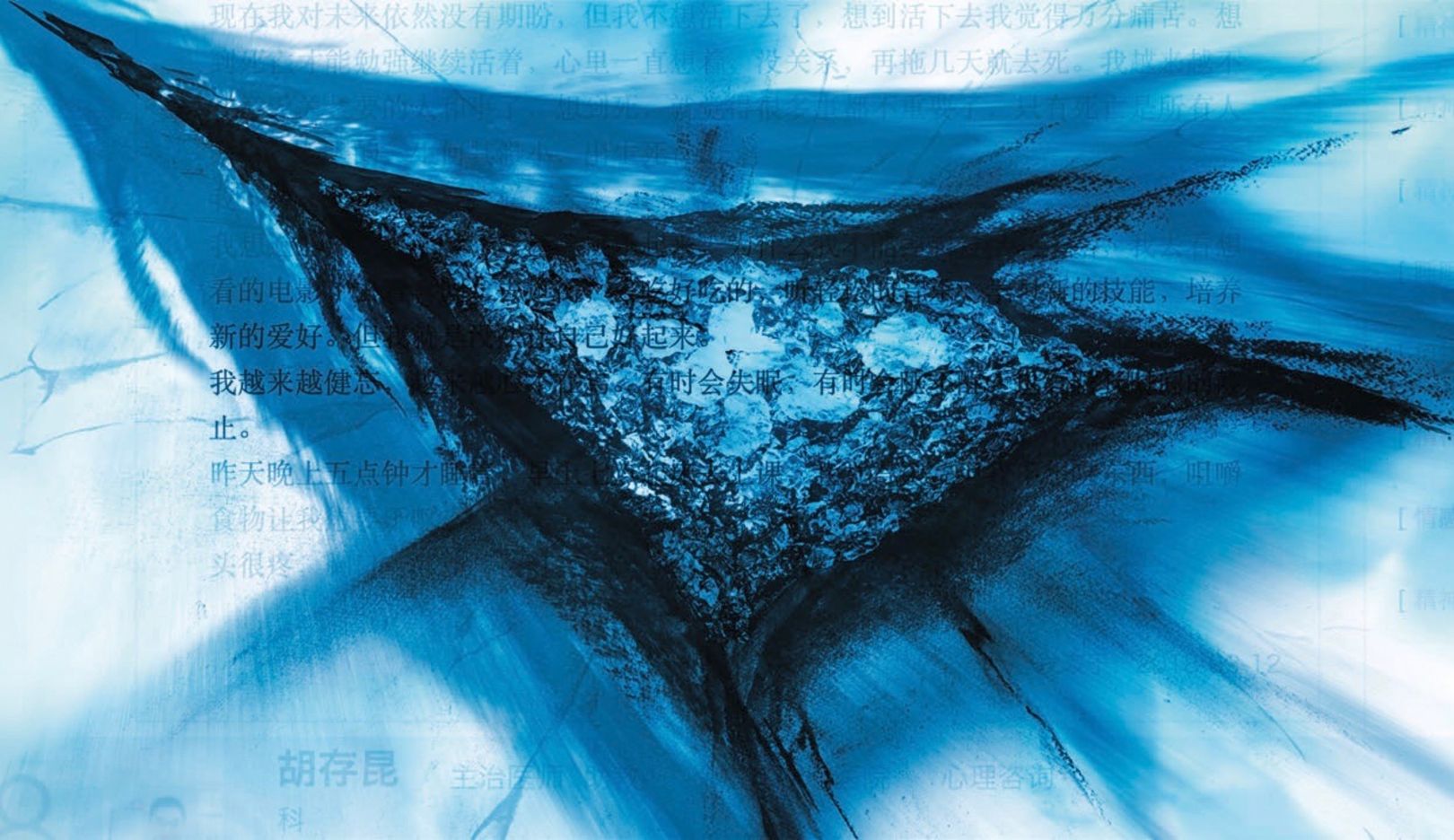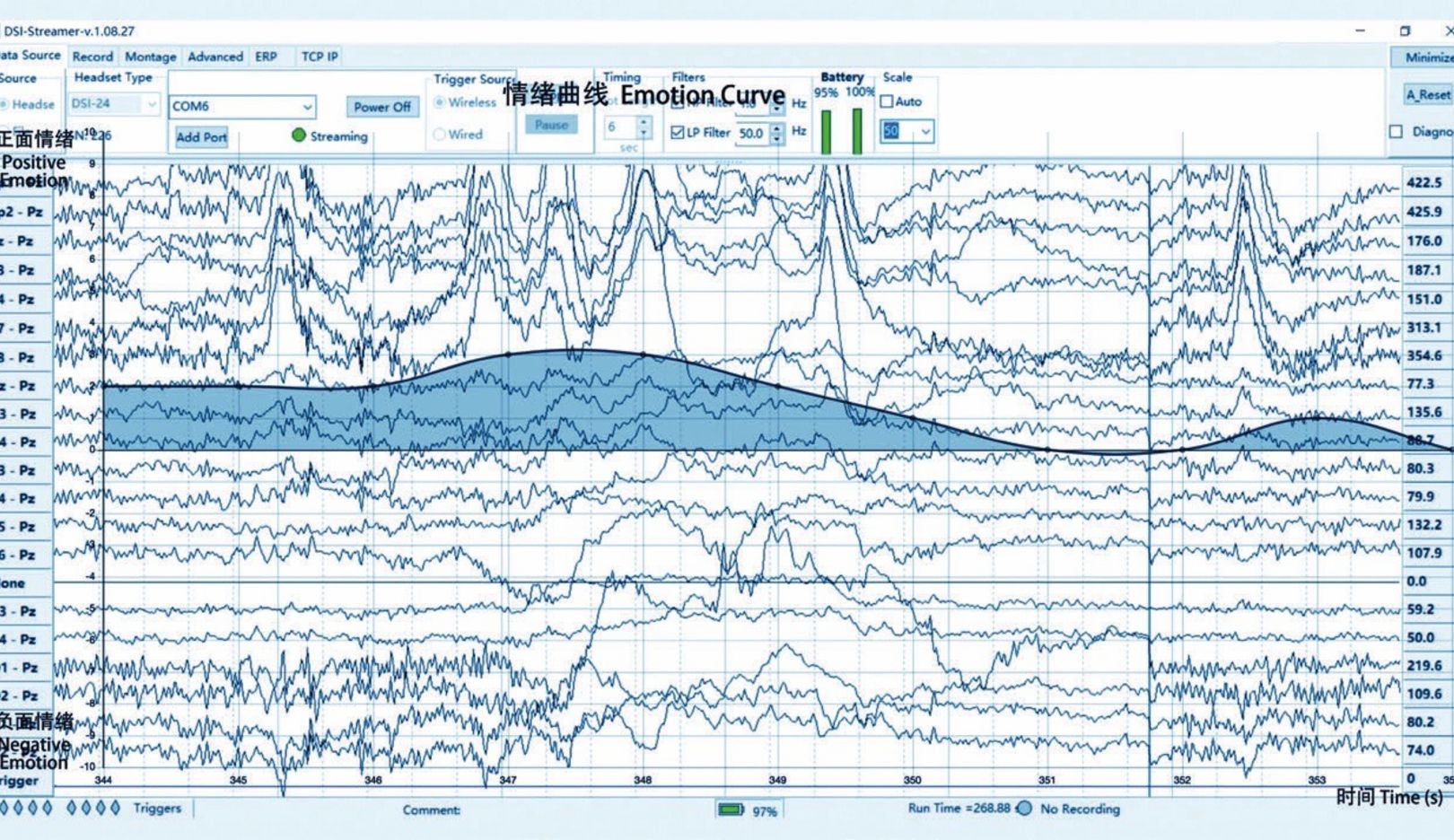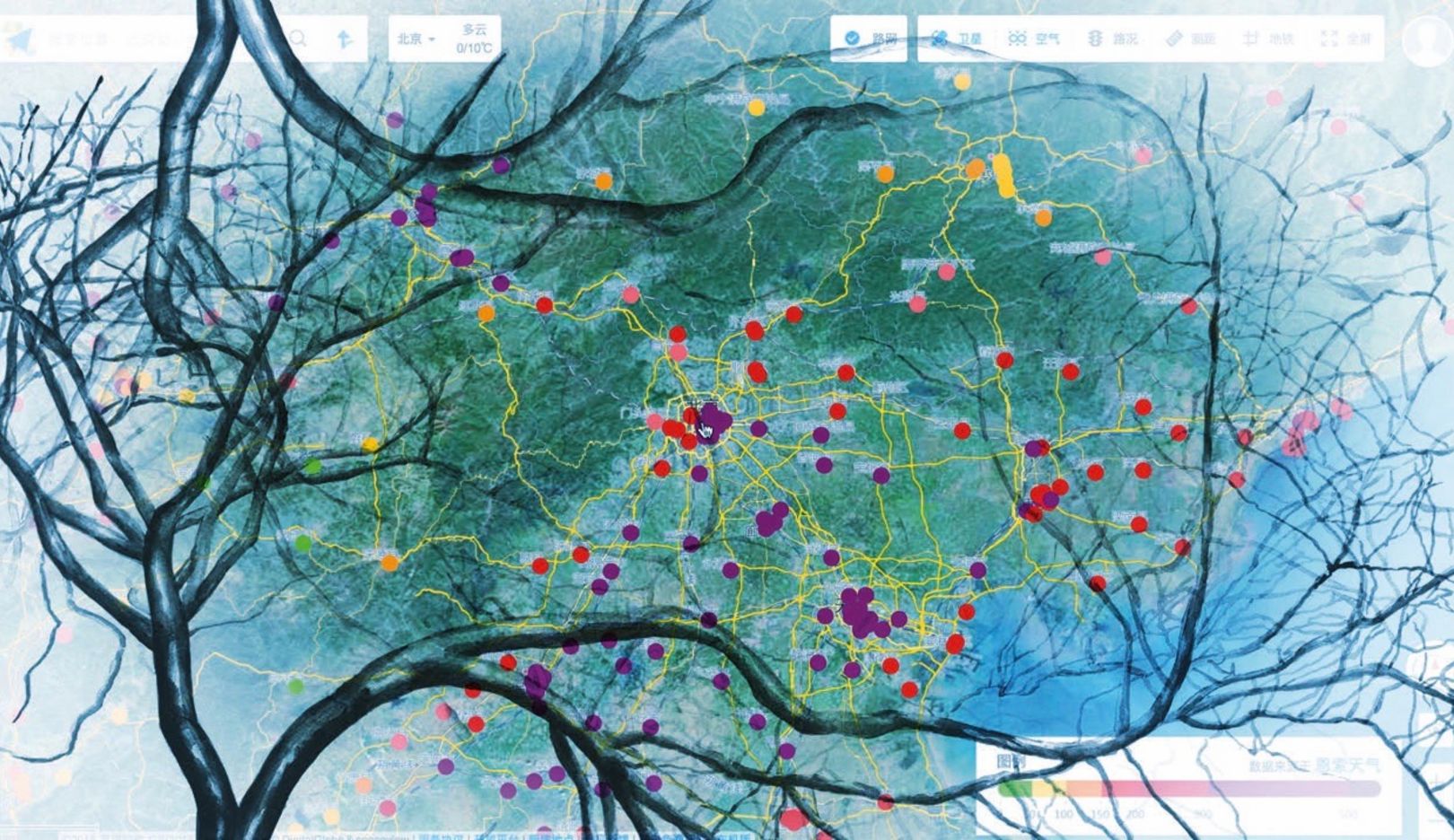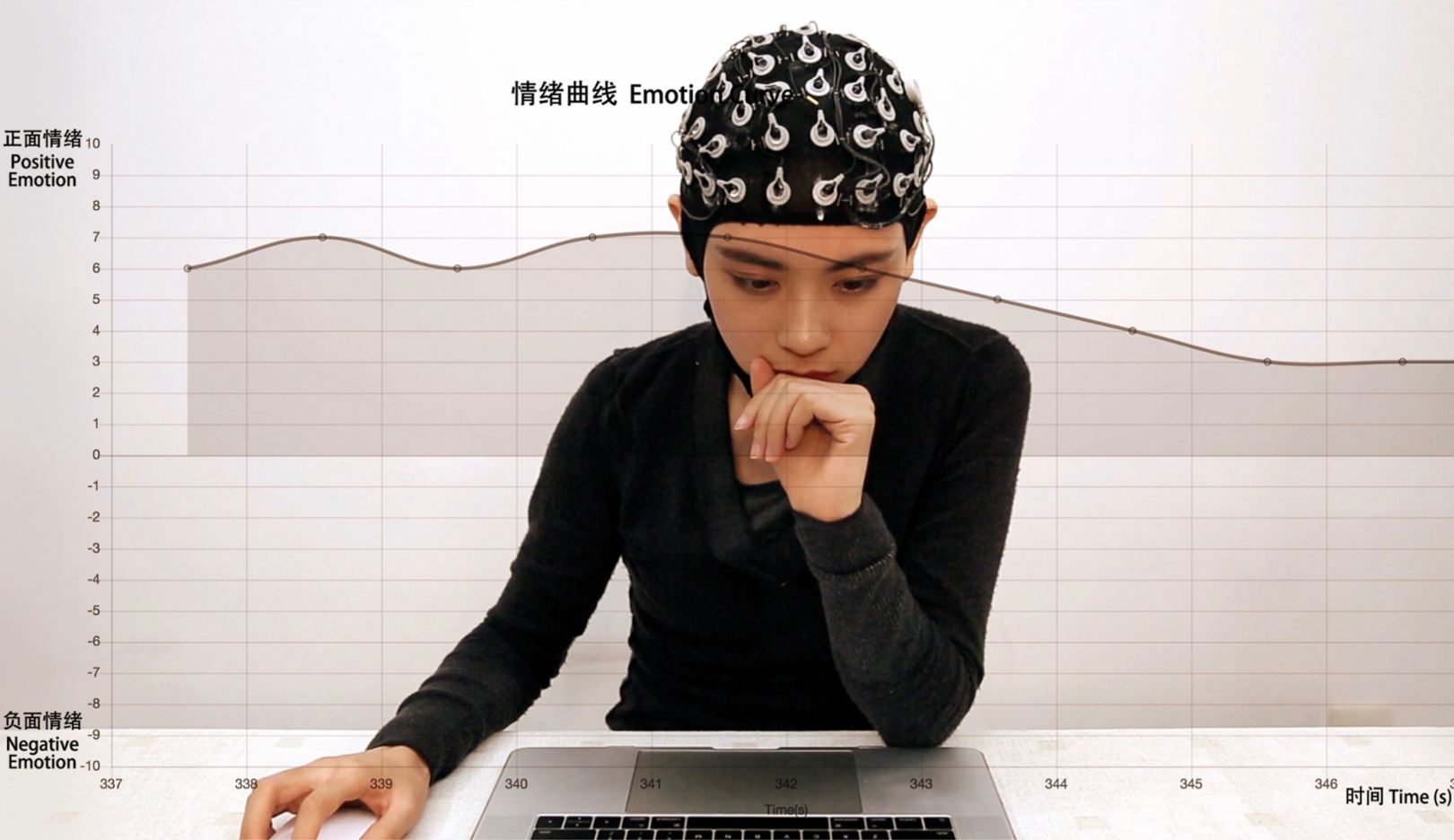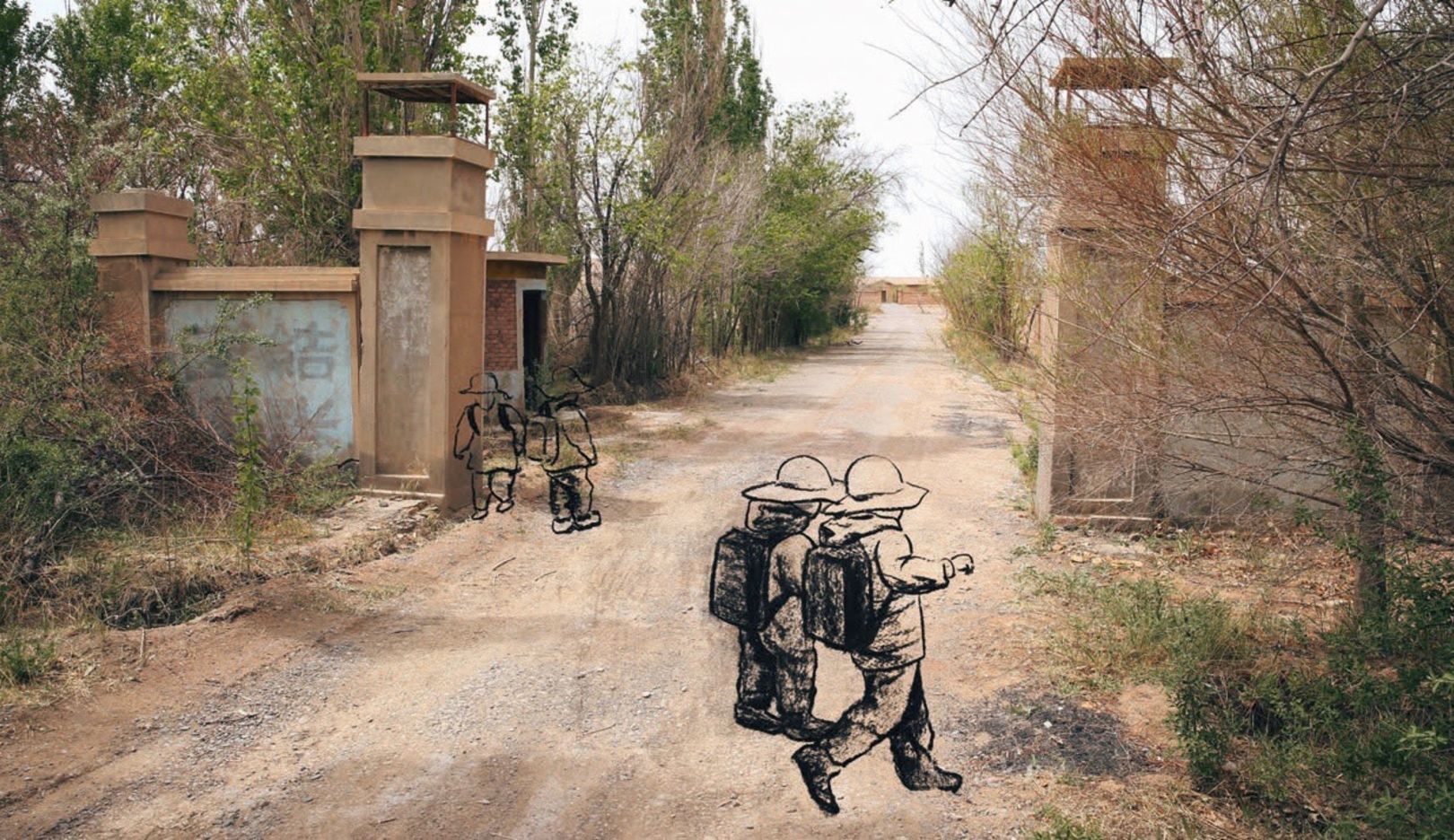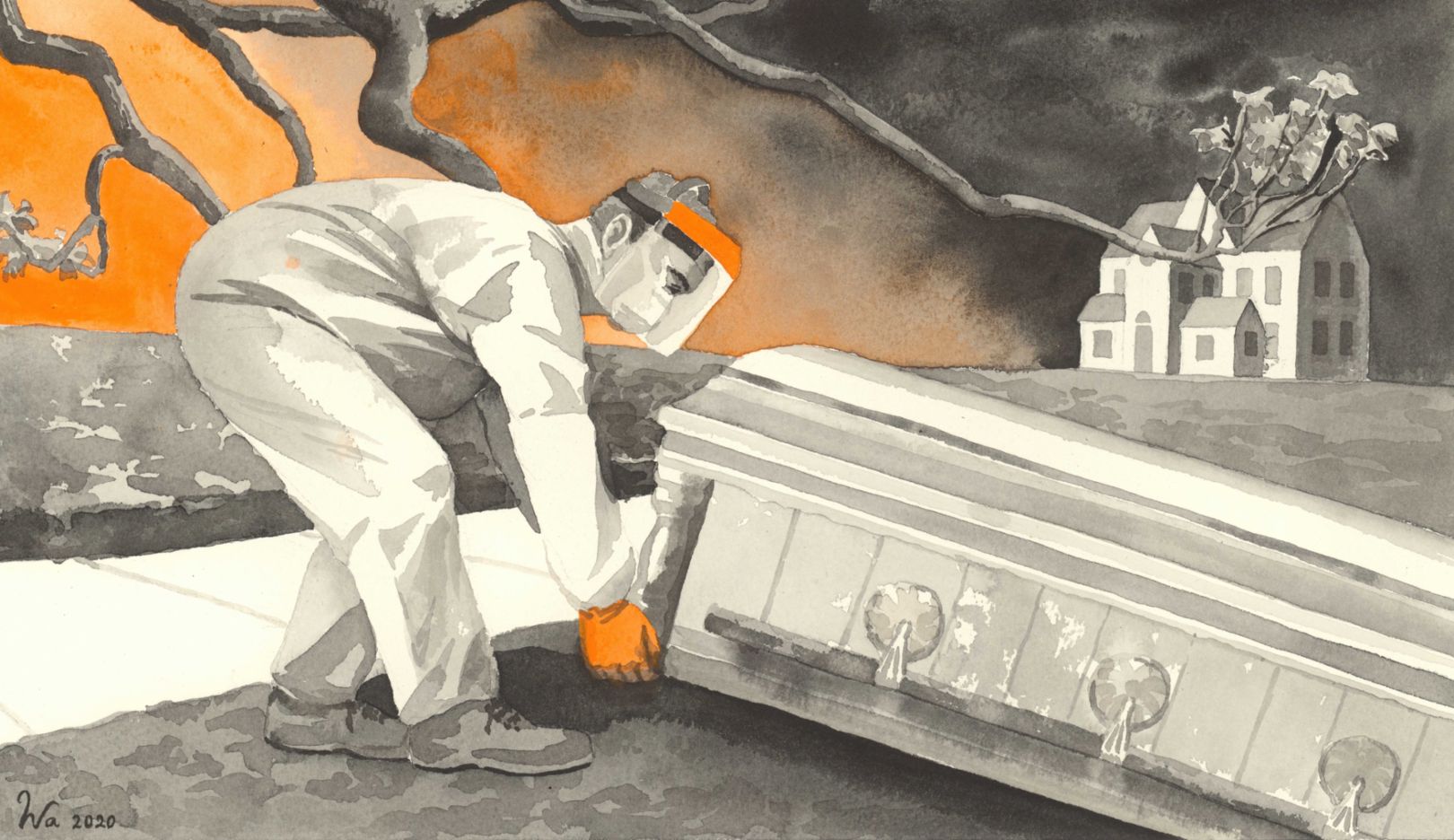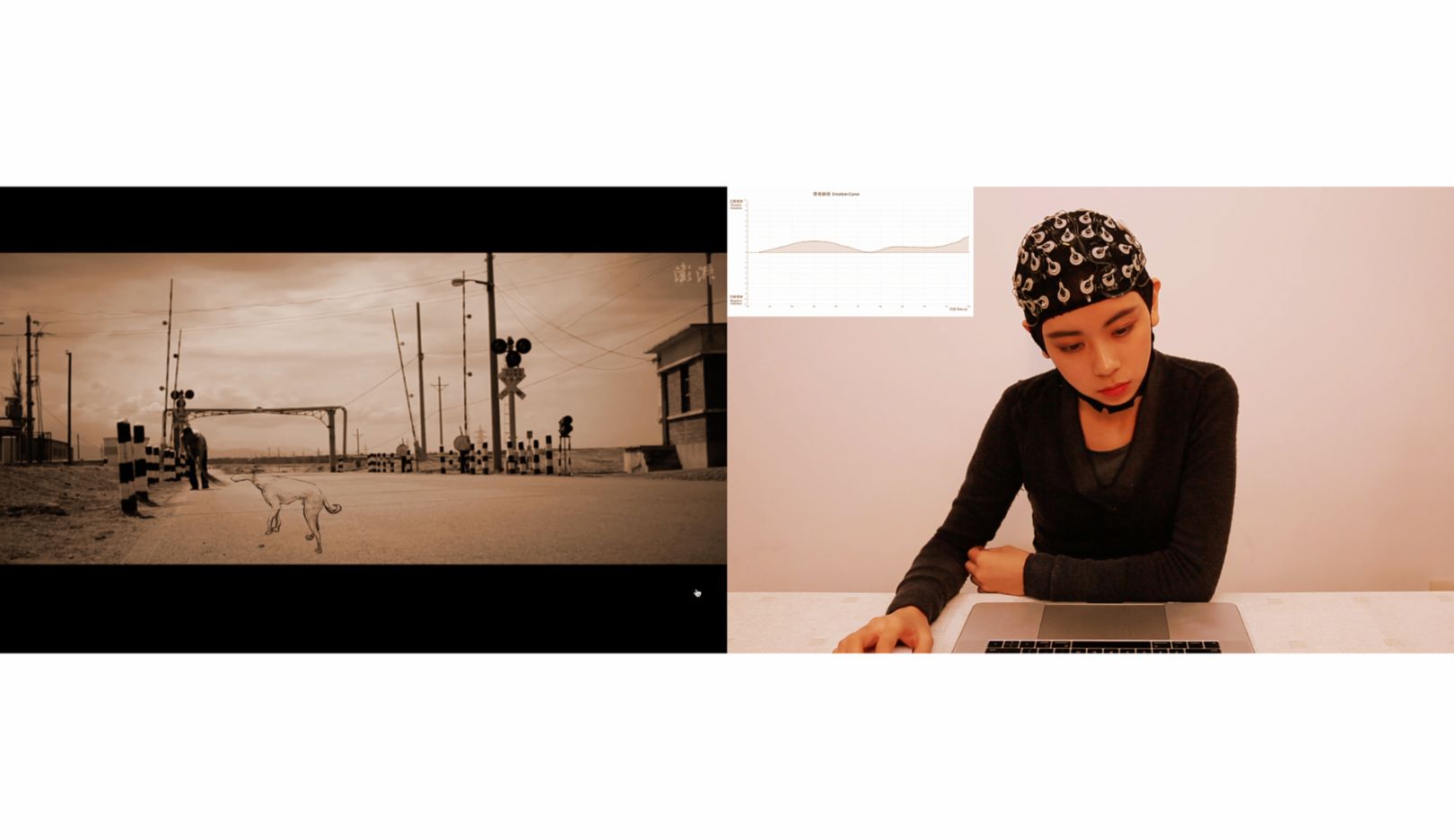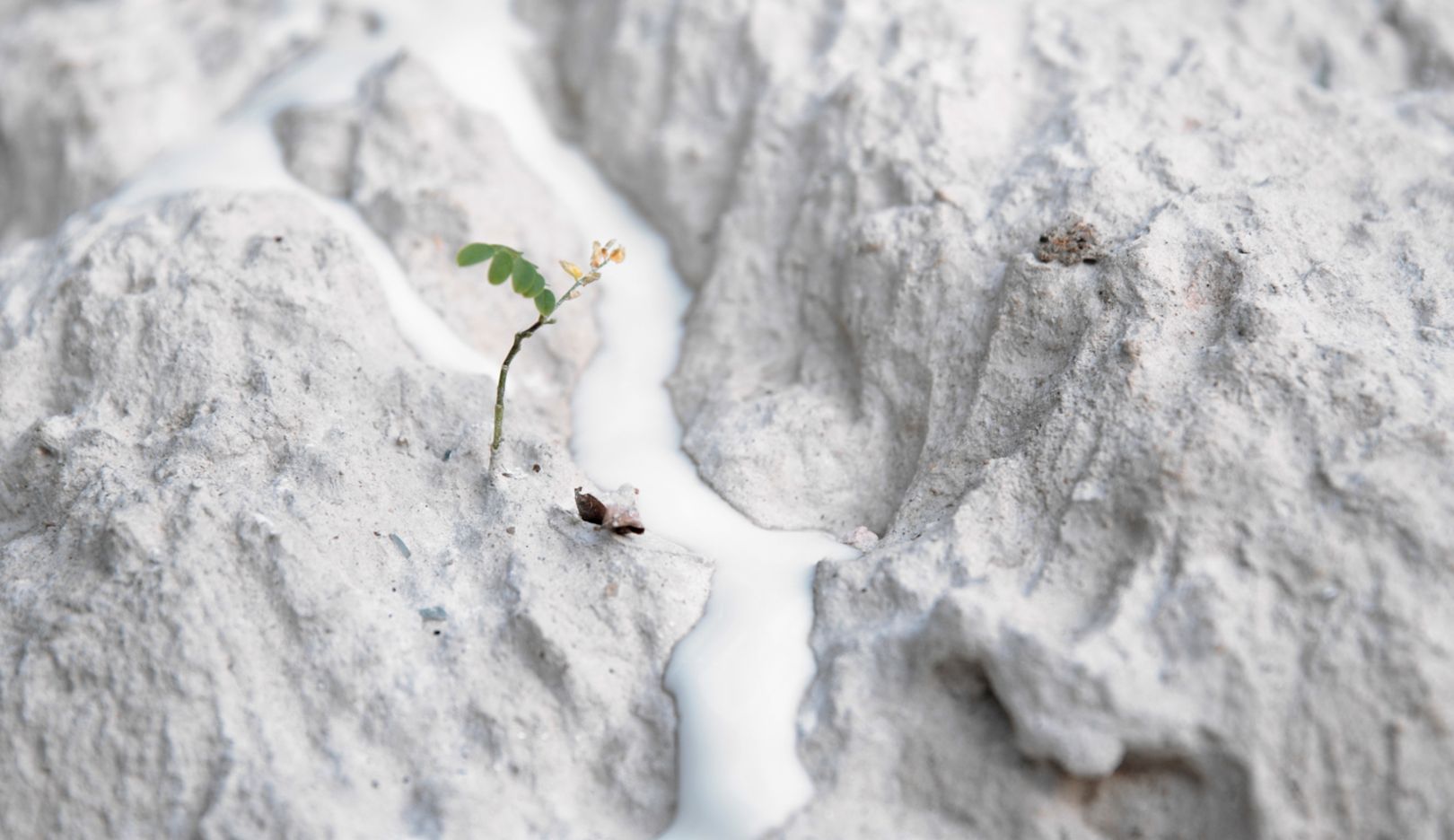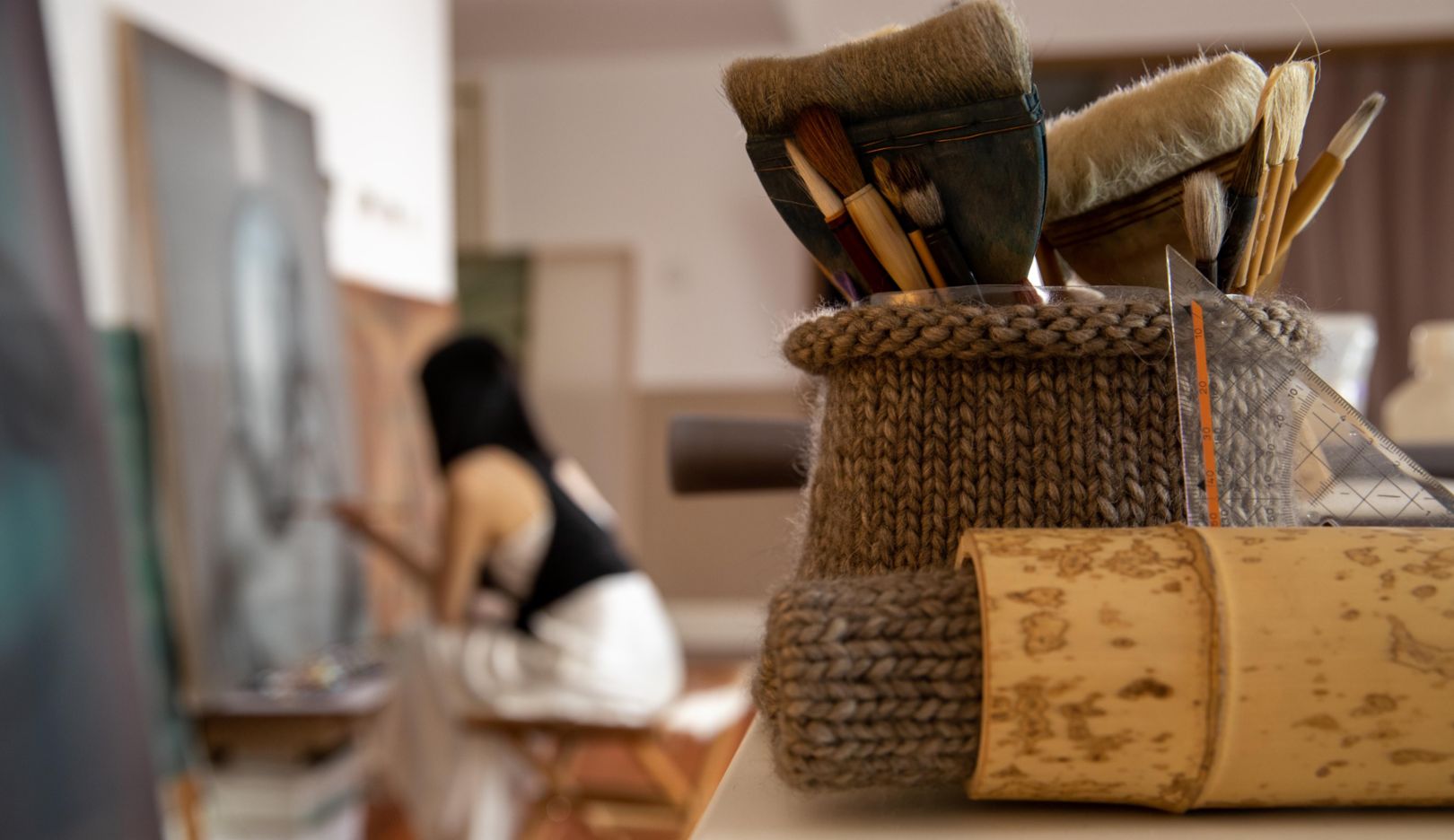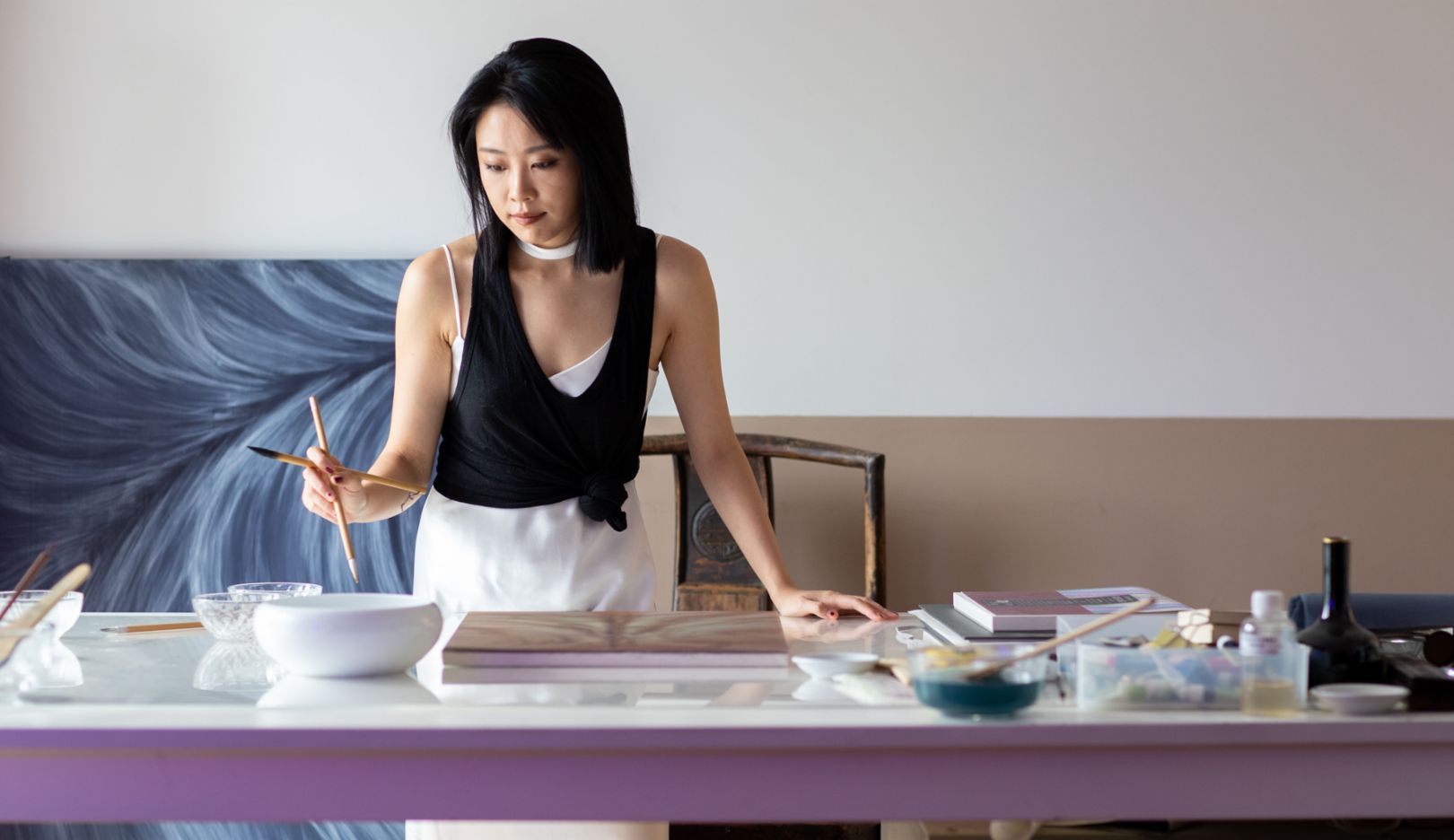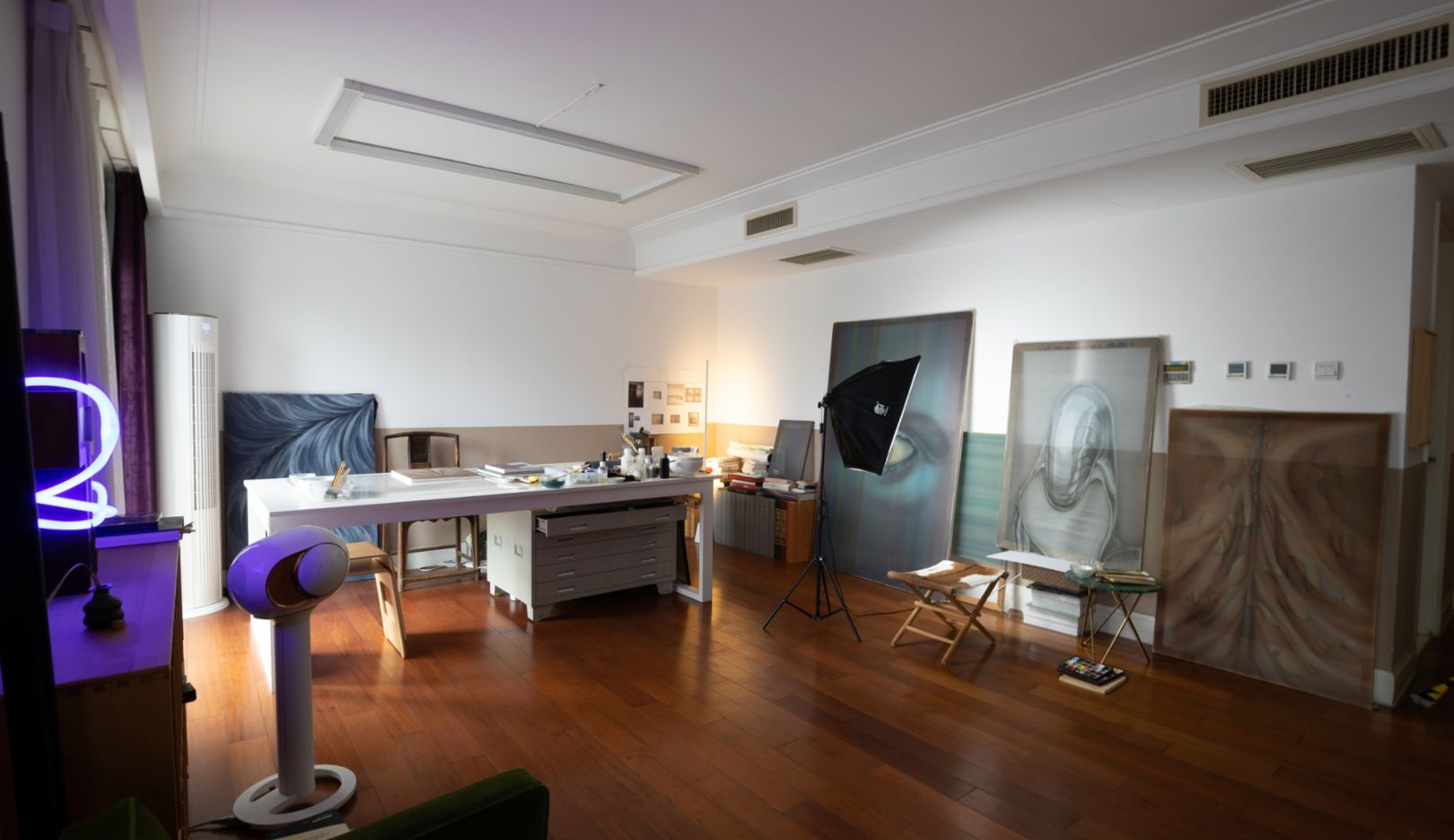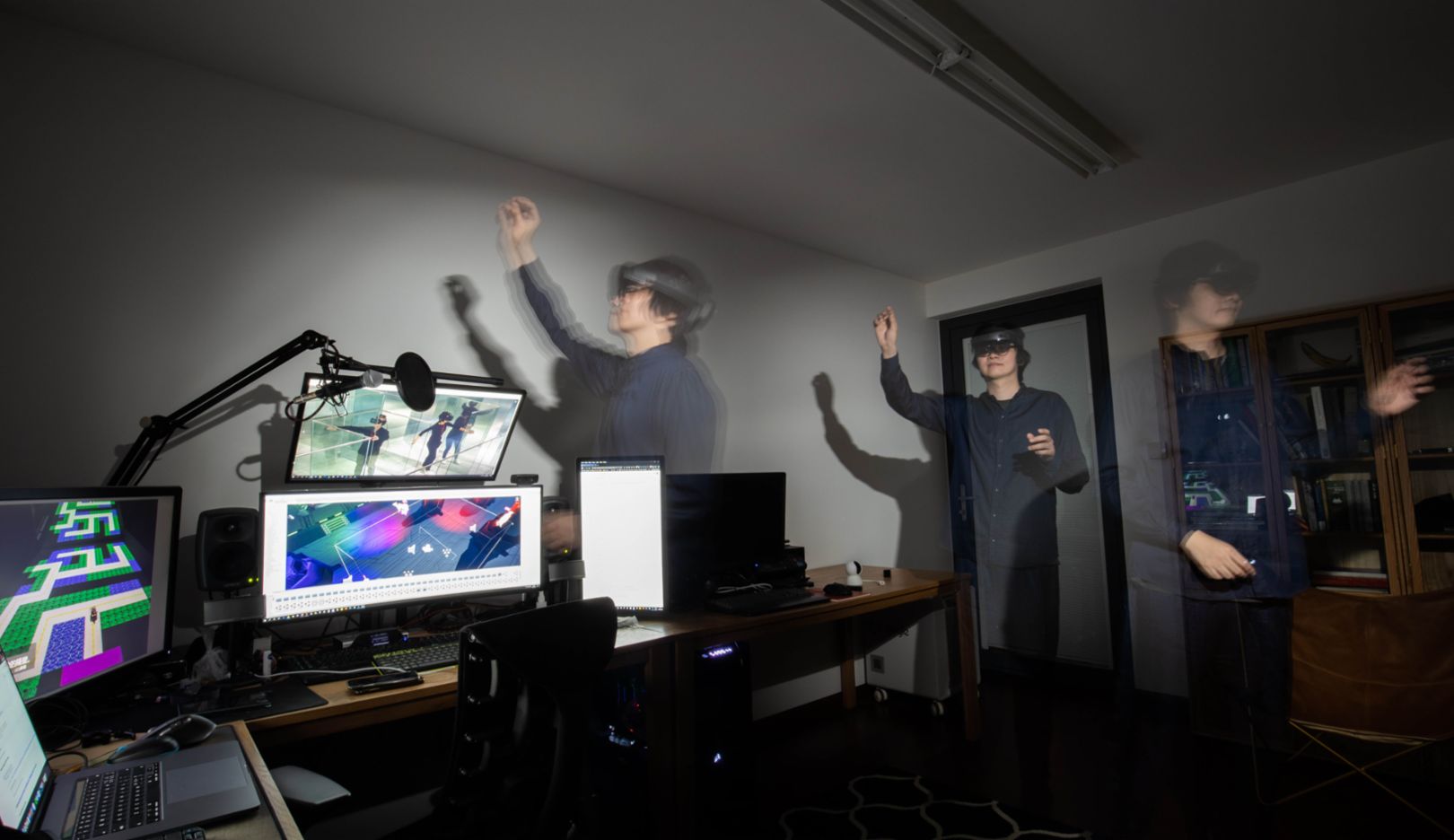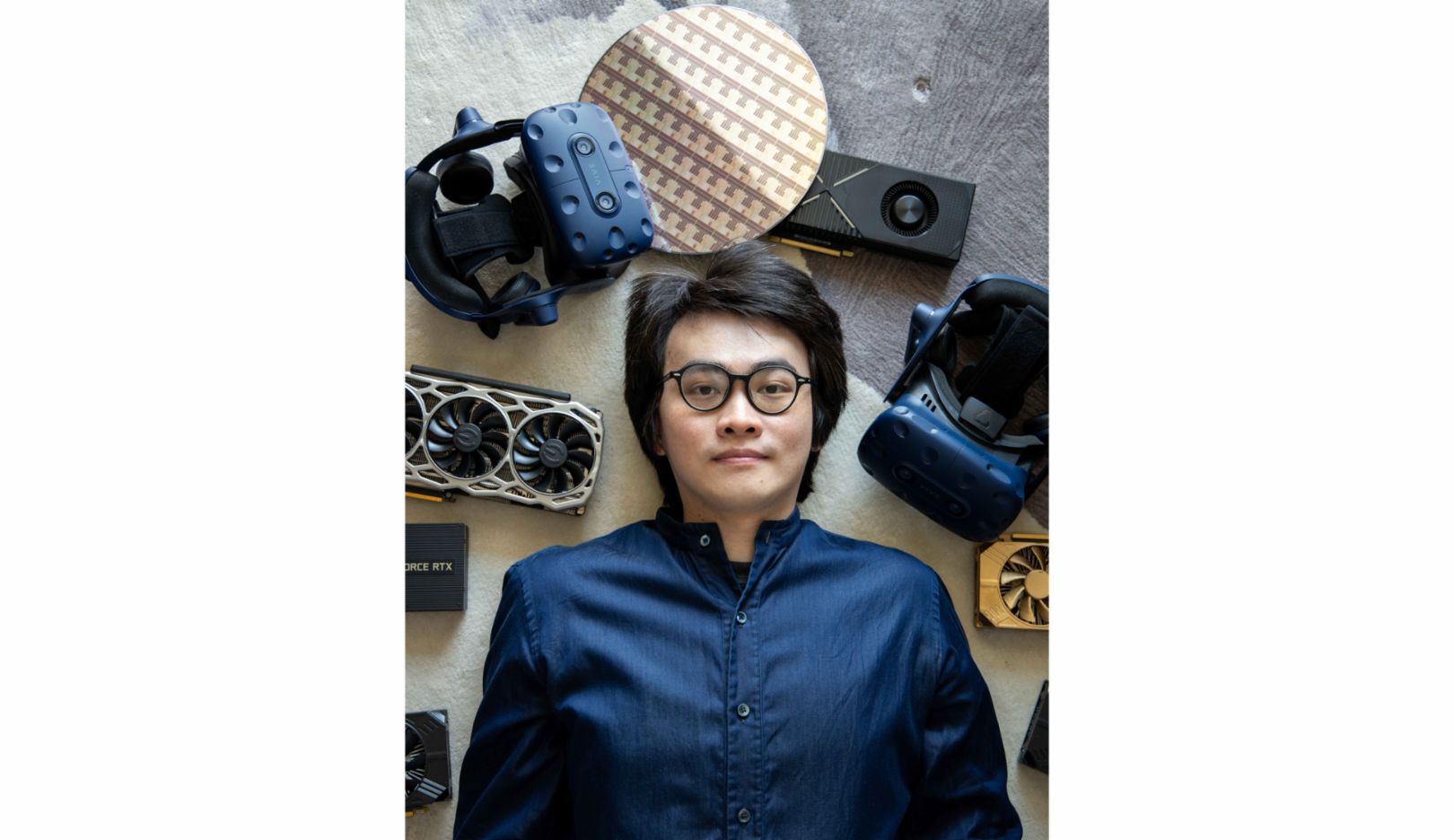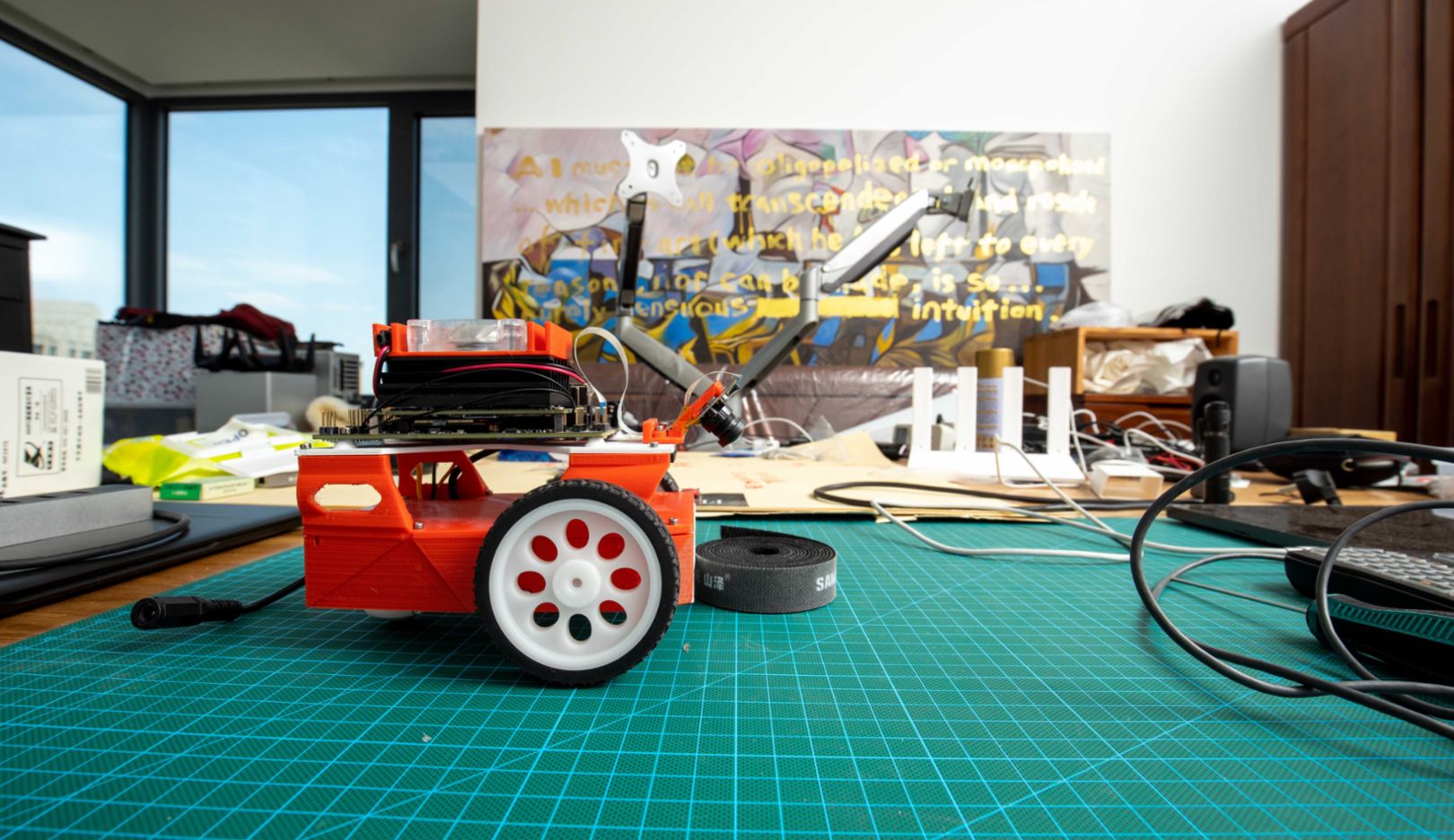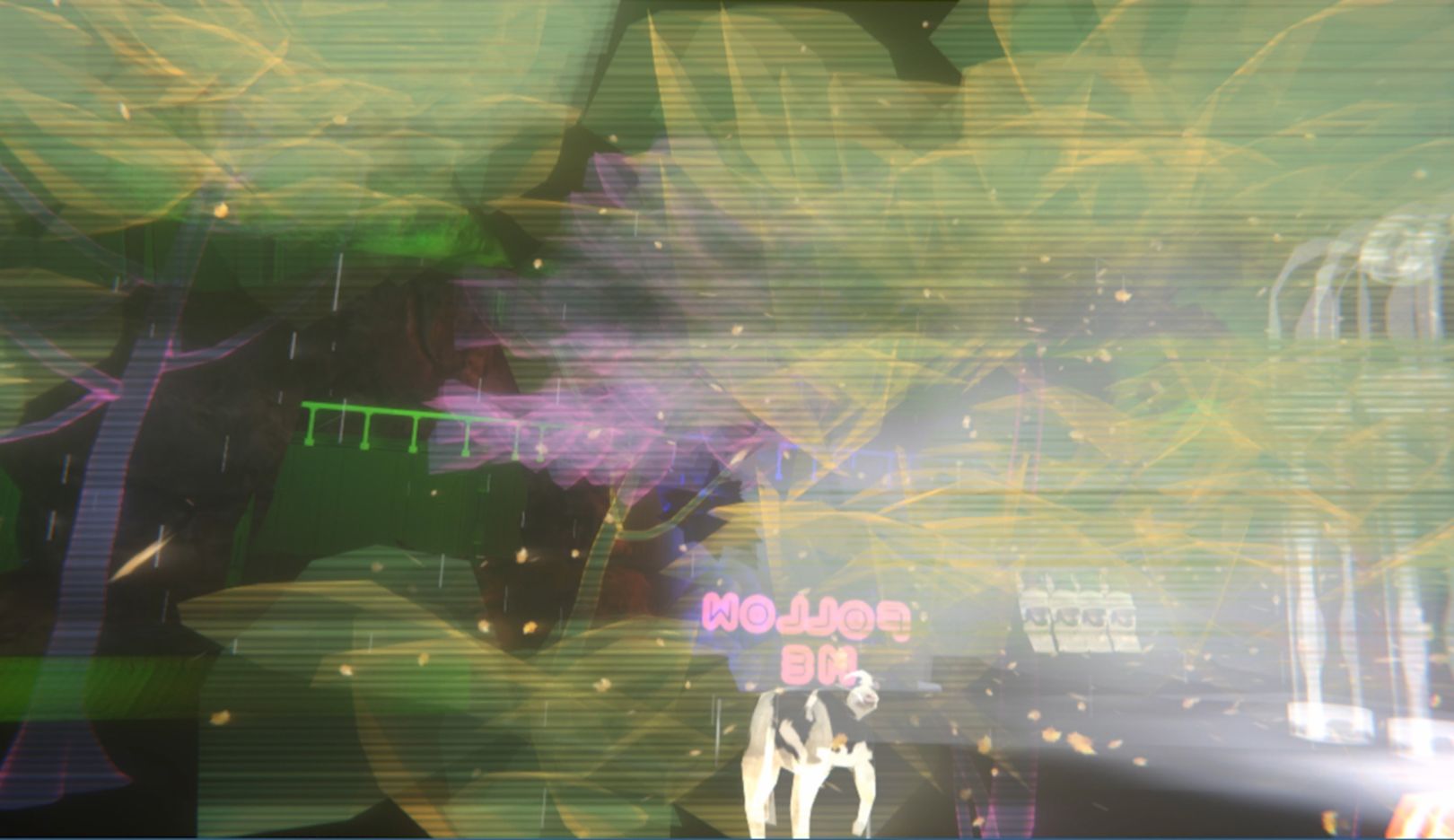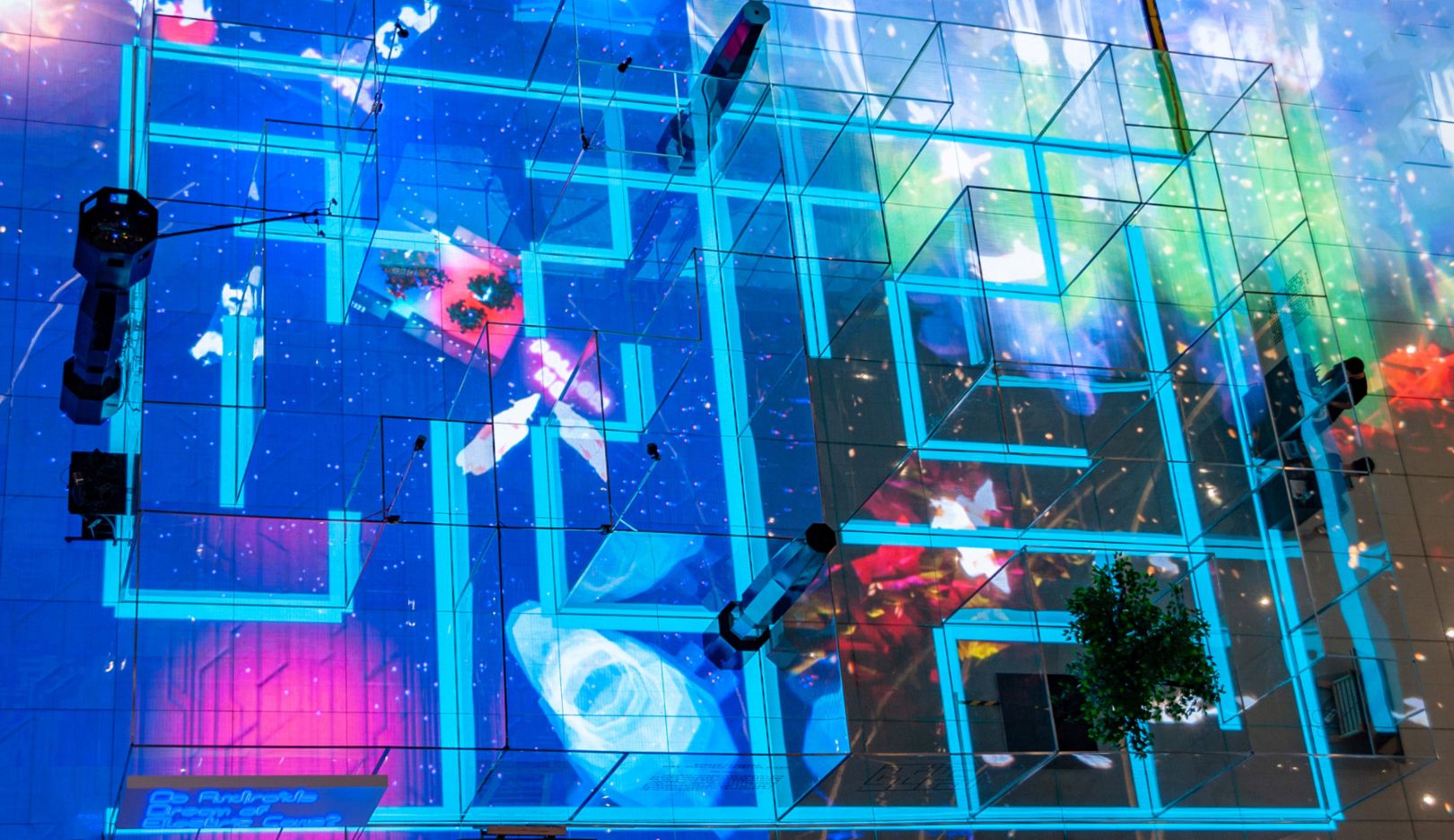Rising Inspiration
灵感中心
China is a huge source of inspiration that is rapidly developing and changing. Particularly in the field of art. With the Young Chinese Artist of the Year award, Porsche China promotes young artists in China.
Few countries in recent memory have undergone such a rapid transformation as the People's Republic of China—and not just economically, but also socially and culturally. Modern art in China today is completely different than it was just three or five years ago. Building on the foundations of one of the oldest cultures in the world, the country’s creative minds have catapulted themselves into a global modernity almost overnight. Their origin remains clearly recognizable, but the view they inhabit is forward-looking and captivates people around the globe.
“Art is an important force in the further development of a society,” emphasizes Jens Puttfarcken, President and CEO of Porsche China. Over the past decade, the company has organized seven art competitions in which over 2,000 students have participated. In 2017, Porsche China took the initiative to a new level with the Young Chinese Artist of the Year (YAOY) program to promote the country’s future avant-garde. In 2018/2019, the award went into a second round with the question “What is it that makes today’s life so different?”

A title that probes the future:
“Do Androids Dream of Electric Cows?” ponders Chen Baoyang.
Porsche puts on the YAOY together with the non-profit Cc Foundation and with the support of the ART021 Shanghai Contemporary Art Fair. The three main stages are the selection of the candidates, exhibitions of the nominated works, and finally an exhibition of the works of the winning artists.
The selection is based on professional criteria prepared by prestigious Chinese art institutes and academies in cooperation with famous artists, curators, and a media panel. The YAOY sees itself as a professional platform for the promotion of pioneering artists, courageous rule breakers, and free thinkers. The selected candidates had one year to prepare, design, and carry out their work. The spectrum of submissions ranged from sculptures and virtual reality to painting and video installations.

The vulnerability of the youngest:
In her series “Moon Milk”, award-winning artist Liu Wa depicts—among other things—a satchel full of the detritus of civilization, out of which a small tree is growing.The emergence of the COVID-19 pandemic did not leave YAOY entirely unscathed. Some projects had to be postponed. JINGART in Beijing, where the candidates were to have exhibited their works, fell victim to COVID-19 restrictions. But disasters and traumatic experiences have always been powerful engines for creative ideas, and often unleash a great deal of energy that can be used to overcome crises.
Together with the ART021 Shanghai Contemporary Art Fair, Porsche launched the Art Healing project, which consists of an exhibition as well as an interactive and public online platform. Art as therapy, so to speak. The healing powers, as it were, will include not only the winners of the YAOY, but also artists from Wuhan, the erstwhile epicenter of the pandemic, to which the exhibition will travel thereafter.
The original impetus for Porsche China’s commitment to art was another natural disaster: an earthquake in Sichuan Province on May 12, 2008, claimed 70,000 lives, with thousands of children in collapsed schools among the victims. The Stuttgart-based company immediately made donations to help affected families and support reconstruction efforts. The tragedy laid bare the vulnerability of the young pupils and led to the initiative Empowering the Future, which was established by Porsche China in 2009. The program’s first project was to encourage students from the Sichuan Fine Arts Institute to undertake art projects on the theme of Caring for Children and thereby raise awareness of the fragility and needs of the youngest children.
The current YAOY program is intended not only to provide fresh ideas for China, but also to open up new perspectives for the rest of the world. To create a broader picture that goes beyond the conventional view of China that is widespread in traditional media. YAOY wants to be more than just a spark to get things started. It wants to keep the fire going long term. The award has acquired such cachet over the years that winners enjoy ample opportunities for further exhibitions. Porsche continues to support the award winners as they forge ahead in their careers, and last year sponsored special scholarships for master’s students in the field of art.
The Young Chinese Artist of the Year project is certainly a competition, but hardly a process of elimination. Just as at the 2017 premiere, four winners were on stage in 2019. The idea is not so much to crown a triumphant champion at the finish line, but rather to generate the sort of momentum that can pull further talented young artists into its slipstream.
Liu Wa
“Our today is the future of our childhood.” Liu Wa
The twenty-five-year-old artist studied art and anthropology. Perfect qualifications for the latest YAOY theme: “What is it that makes today’s life so different?” Liu Wa is one of the four winners. The daughter of painting teachers in Beijing, she was captivated by a passion for art at an early age.


Though frustrated in her youth by her seemingly naive drawings, the Yale University graduate now effortlessly jumps back and forth between genres, from classical painting to video installations. The work that garnered her the YOAY award for Racing Thoughts depicts an electroencephalogram—a way of measuring electrical brain waves better known as an EEG—showing her racing thoughts as wild curves as she simultaneously surfs the internet. “With my work, I want to represent both the clinical and human aspects of feelings,” she explains. Liu is enthusiastic about the possibilities of the digital age, yet at the same time feels overwhelmed by the speed and flood of information. Her way of mastering that balancing act: “I find my inner peace with meditation apps.”
Liu Wa alternates between her studio in Beijing and her apartment in New York. She has begun further studies in art and technology at the renowned Massachusetts Institute of Technology (MIT). In her opinion, the fact that more and more young Chinese are pursuing an education abroad has made the art of their homeland more intelligible and established worldwide, but has also cost them a bit of independence. Her big goal: “To find my own voice.”
www.liuwastudio.com
Ma Lingli

Ma Lingli received clear affirmation of her talent even before her participation in the first YAOY in 2017: the Sichuan Fine Arts Institute awarded her bachelor’s thesis the grade “outstanding.” She won her first prize for up-and-coming artists in 2013. The specialty of the thirty-one-year-old artist is the combination of color on silk. “Materials with temperature that evoke memories of everyday life and the body,” she says. Her competition entry A White Horse Is Not a Horse examines the flowing border between illusion and reality.
Originally from the city of Chengdu, the now Beijing-based artist’s work focuses on reflection and interaction. What she particularly appreciates about the YAOY is the exchange and the joint appearance with the other participants: “As you discover others, you change perspective and perceive yourself more sharply.” She also saw an opportunity in the COVID-19 crisis: “The outside world was dark and mysterious, but it also strengthened my fundamental capabilities.”

Flowing boundaries:
Ma Lingli’s “A White Horse Is Not a Horse” divides and unites in equal measure.“The magic of art allows the creator to find their truest and deepest self.” Ma Lingli
Chen Baoyang
Initially it was race cars that fascinated young Chen Baoyang. Although he would not be able to turn his passion for technology into a racing career, the “magic of machines,” as he calls this attraction, remained with him down the years. In place of motorsport achievement, he would find artistic fulfillment instead. The winner of the Young Chinese Artist of the Year award in 2019 hails from an artistic dynasty. The creative inspirations of his grandmother and his mother were a powerful influence, as was his early immersion in his father’s world of computers.


“We always hear: The next technology will change our lives. But the results are not necessarily what we expect them to be.” Chen Baoyang
“My parents never pressured me, but I lived in their shadow and realized that I had to climb my own mountain,” he says. It soon became clear that bits and bytes would become his mountaineering gear. The now thirty-one-year-old feels like a fish in water amid the digital world. He publishes articles in magazines and speaks at conferences on artificial intelligence and virtual reality. Whether in Beijing or at his study locations in the USA or Paris: Chen can be creative wherever he can set up his computers.

Chen’s “Baoberg”:
Balloons in a glass container driven by fans as a metaphor for modern capitalism and cryptocurrencies.His submission to YAOY consists of the installations Do Androids Dream of Electric Cows? and Baoberg as well as paintings created using artificial intelligence. The Gesamtkunstwerk is titled Do AI Dream About Tannhäuser Gate? and is an homage to Philip Dick’s novel Do Androids Dream of Electric Sheep? and the film classic inspired by it, Blade Runner. The Tannhäuser Gate plays a legendary role in the film. It opens the way to another, brutal, yet also fascinating world. The existential tension between humans and machines and the question of whether artificial intelligence can create art are central driving forces in Chen's work. He associates Porsche not only with the award, but also with a childhood dream of his: “Watching the races at Le Mans is the greatest!” And there it is: the magic of machines.
www.baoyangchen.com
